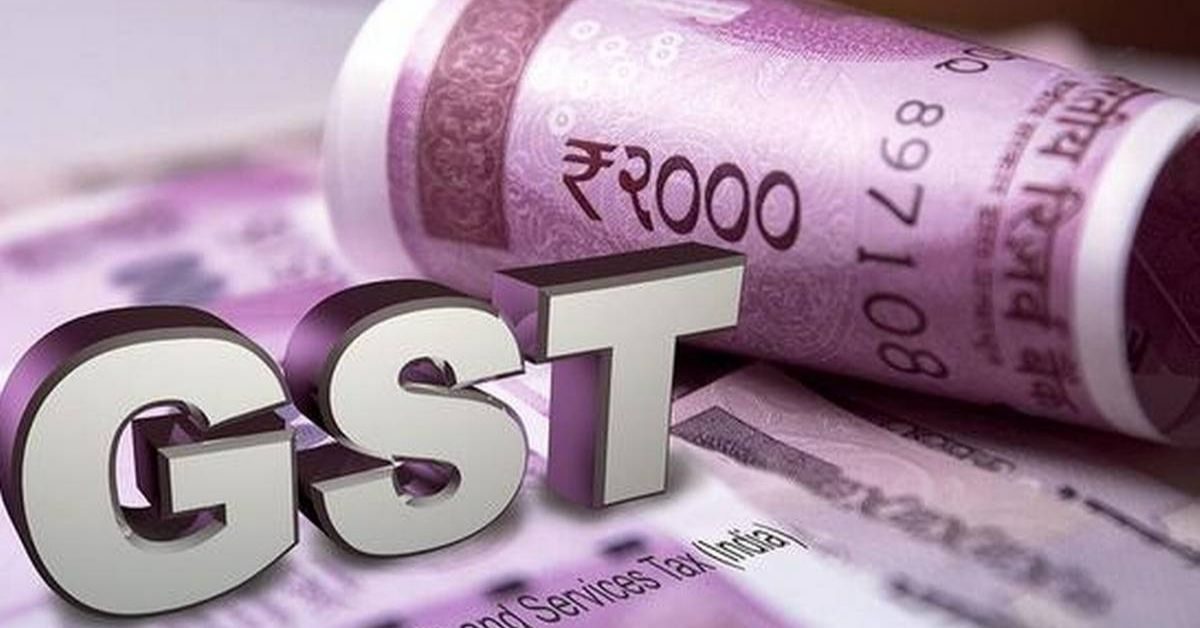The Central Board of Indirect Taxes & Customs (CBIC) has claimed that it has unearthed over 9,000 fake GST Identity Numbers (GSTIN).
The government had initiated a drive against fake identity numbers in the second week of November. “As on February 13, the Department has made 3,046 cases and unearthed about 9,294 fake GSTINs,” M Ajit Kumar, Chairman of CBIC, said in a communication to the Department.
GSTIN is a 15-digits unique alphanumeric identity assigned to each registered assessee. First two digits represent the code of State (each State and UT has been assigned a code like 07 for Delhi, 33 for Tamil Nadu, 28 for Andhra Pradesh and so). Next comes the 10-digits alphanumeric combination which is PAN (ABCDE1234F). The 13th digit is based on the number of registration in a particular State. The 14th digit is Z by default while 15th digit is checksum digit which can be a number or letter.
Undue advantage
Kumar said the recent action and result showed that certain unscrupulous elements have tried to take undue advantage of the laws, procedures and reduced compliance measures designed for honest taxpayers under the GST regime to further their own profit at the cost of the nation. This, “apart from having a huge impact on revenue, also puts the honest taxpayer at a tremendous disadvantage in a highly competitive market place,” he said.
Under the GST regime, Section 31 of the CGST Act, 2017 mandates the issuance of an invoice or a bill of supply for every supply of goods or services (except if the value of the supply is less than ₹200, subject to specified conditions). There is no format prescribed for an invoice. However, invoice rules make it mandatory for an invoice to have the name, address and GSTIN of the supplier, among other things.
One can check the genuineness of GSTIN by going to a portal (https://www.gst.gov.in) and looking for the taxpayer. There he can punch in the GSTIN/UIN (unique identity number) after which details such as name, address and date of last 10 returns filed will appear. Apart from the name and address, even if return filings are irregular or no return is filed, one can say that the given GSTIN is fake.
Rajat Mohan, Senior Partner with AMRG & Associates, said the fake GSTIN menace has reached an all-time high. Other than severely impacting tax collections, it also pushes the government to introduce deterrents in the tax regime creating unease of doing business for all the taxpayers.
“Online tax matching, payment of 1 per cent tax in cash, limit of 5 per cent on ITC, strengthening of penalty proceedings, rampant searches and seizures, Aadhaar authentication, physical verification at the time of registration are some of the broad changes introduced in the tax regime to control tax evasion,” he said.
Identification of fake GSTIN was a daunting task in the past. However, with AI and big data analytics it has become effortless. “Fake GSTIN could be specifically identified using big data analytics and connecting numerous data points available with the government, which includes information available with GSTN, Income Tax Department, MCA, transport authority, FASTAG, online payments in wallet etc,” Mohan said.
Source : The Hindu Businessline






